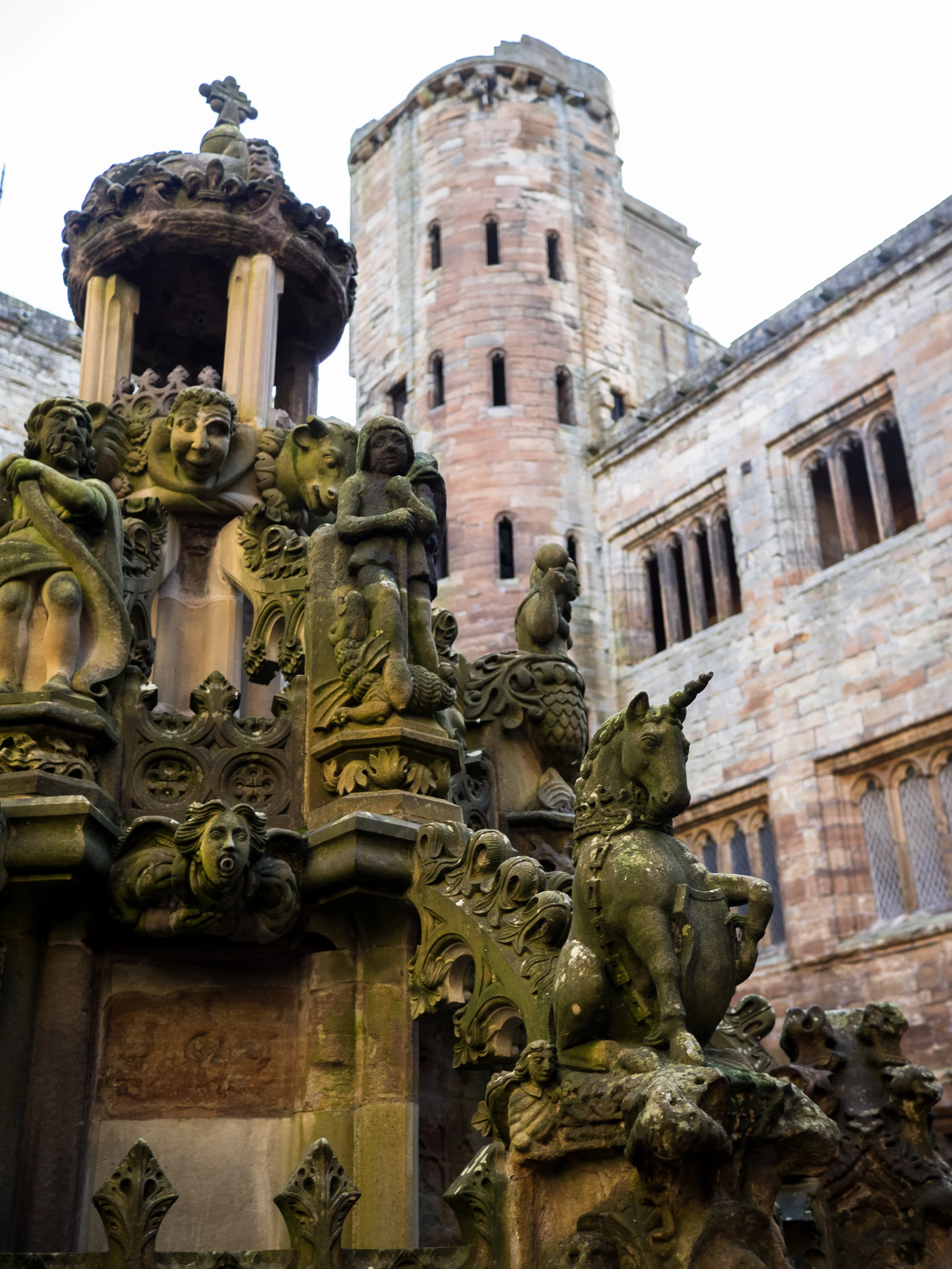Linlithgow Palace: Fit for a Queen
One Saturday, with the Met Office promise of a wet day, we planned a trip over to Linlithgow Palace. Clearly my location research came after the fact, because we arrived to the beautiful, roofless ruins of the palace. Fortunately, the Met Office was wrong on this occasion and we spent a lovely sunny hour exploring the ruin.
An important and luxurious palace, Linlithgow was one of the principal residences of the Scottish royals in the 15th and 16th centuries. The hallways and walls of the quarters show a much larger living space than the castles in Stirling and Edinburgh, and indeed royal children were often sent to the castle to grow up in it's relative safety and comfort.
Mary Queen of Scots was among the more famous names in Scottish royalty born in the Palace, and she and her successors continued to occasionally reside here until the Union of the Crowns in 1603 when the Royal Court of James VI moved predominantly to London.
The Palace slowly fell into disrepair in spite of it being kept as a royal residence, until finally in 1746 when the Duke of Cumberland’s army burned the palace in the wake of the failed Jacobite risings. Despite some essential work to keep the Palace safe to visitors, it has not been rebuilt since.
I love exploring castles and palaces, the more ruined they are the more emotion they tend to evoke. Somehow the ruin makes it easier for me to build up stories about the place and people without other people’s reconstructed perceptions.
The entrances to the great hall are large and grand. Most of the other doorways are small, making me feel tall – which is unusual in 2018, but this simple details indicates that I would have been more than average height for Scotland in the middle ages.
The long gone ceilings are staggeringly high in the Great Hall and other entertaining rooms, even accounting for the holes where wooden beams once would have held up the second floor of rooms.
The carvings on pillars and fireplaces are wearing away in the weather, making them eerily gnarled and pocked. In the few remaining covered areas we look up – some carvings of unicorns and deer still sitting spookily ceiling 500 years later. Pieces of dulled plaster line some of these covered walls, a fading reminder of the grandeur before the fire and disrepair.
The Palace has so many windows, surely indicating wealth and status of the place. Now, with them all empty you can see through the entire building in some places, holes that frame the bones of this once grand residence.
Linlithgow Palace was one of the best ruins I have ever explored – learning of it’s fall from grace and admiring it’s enduring, intentional disrepair as a stoic reminder of the long lost Scottish Crown.





























